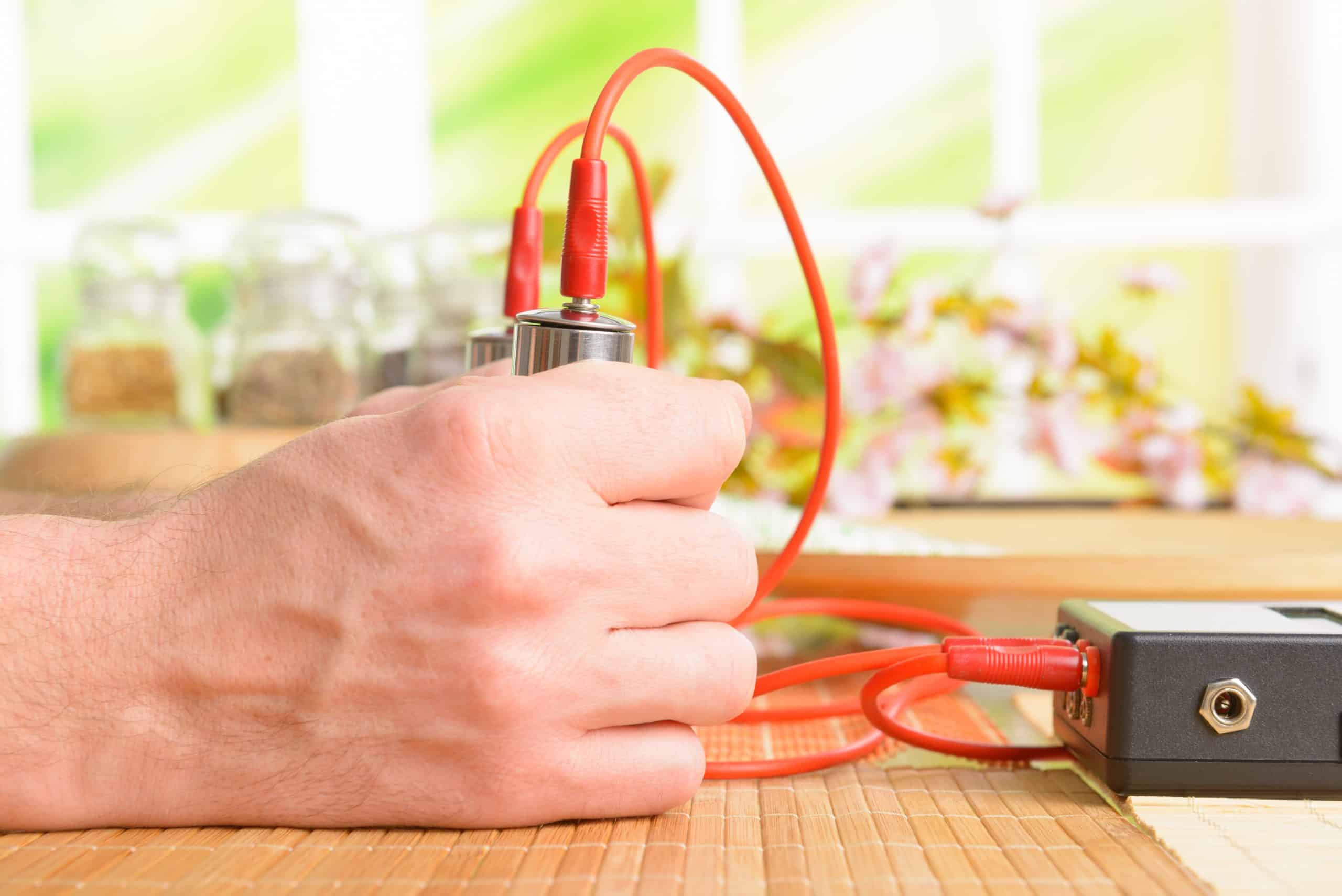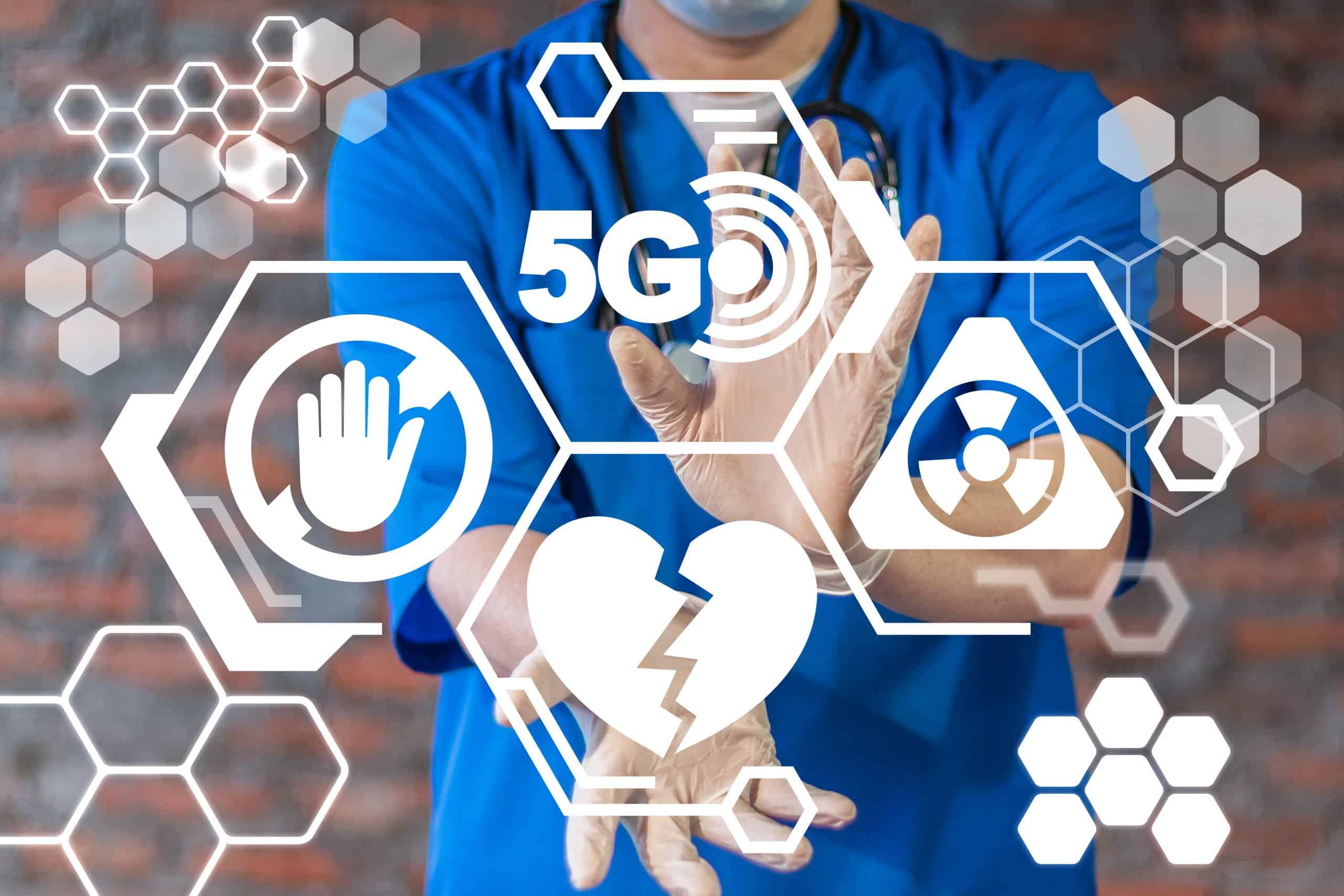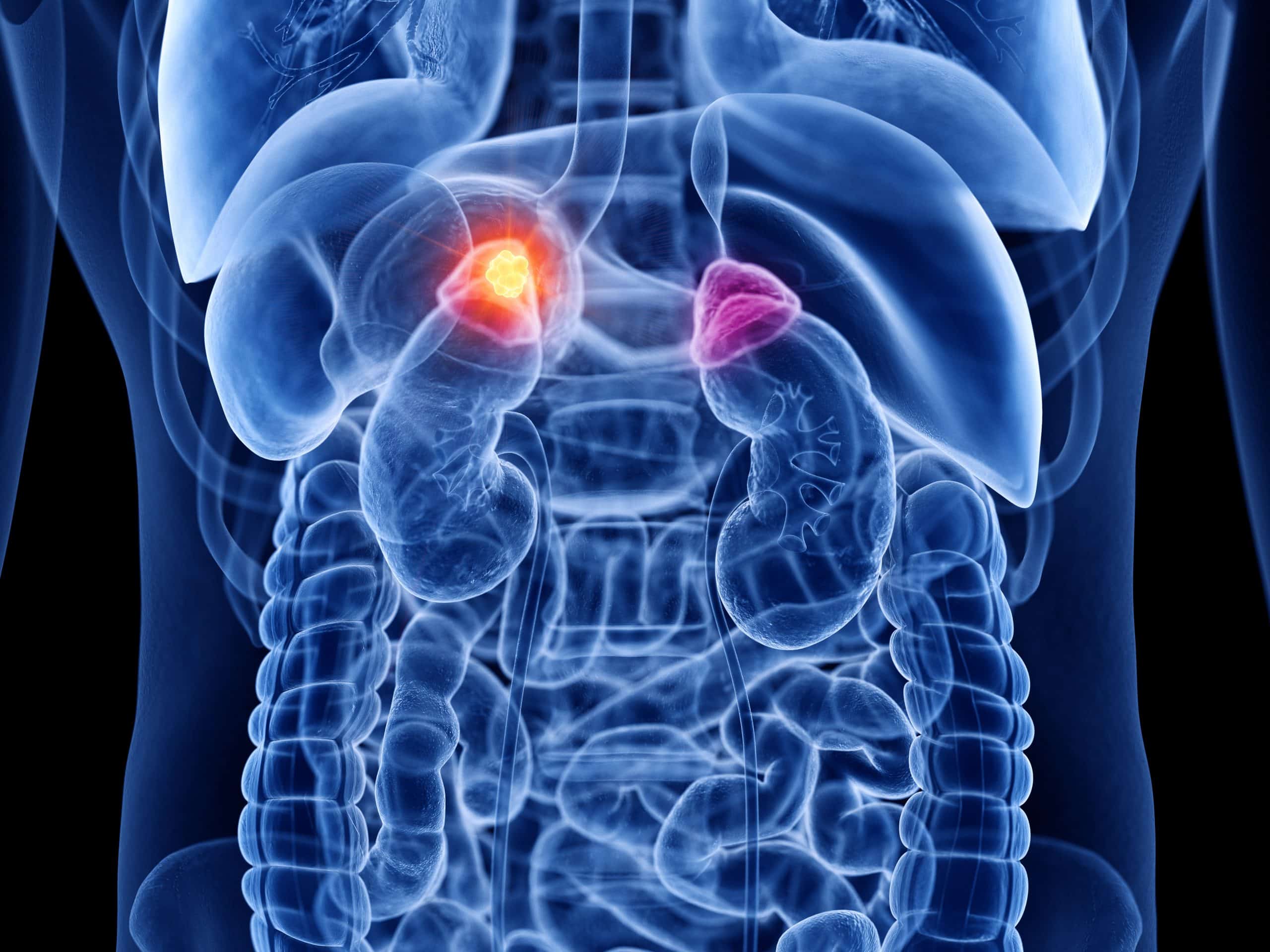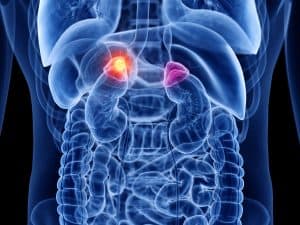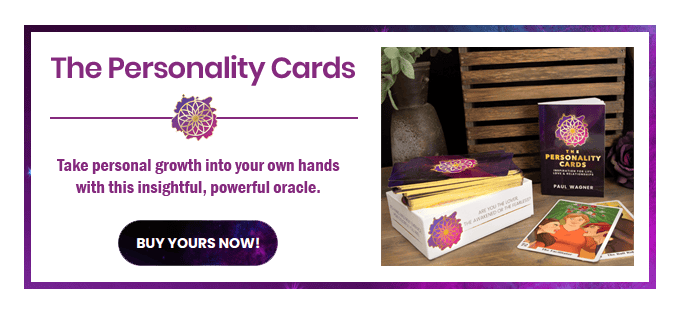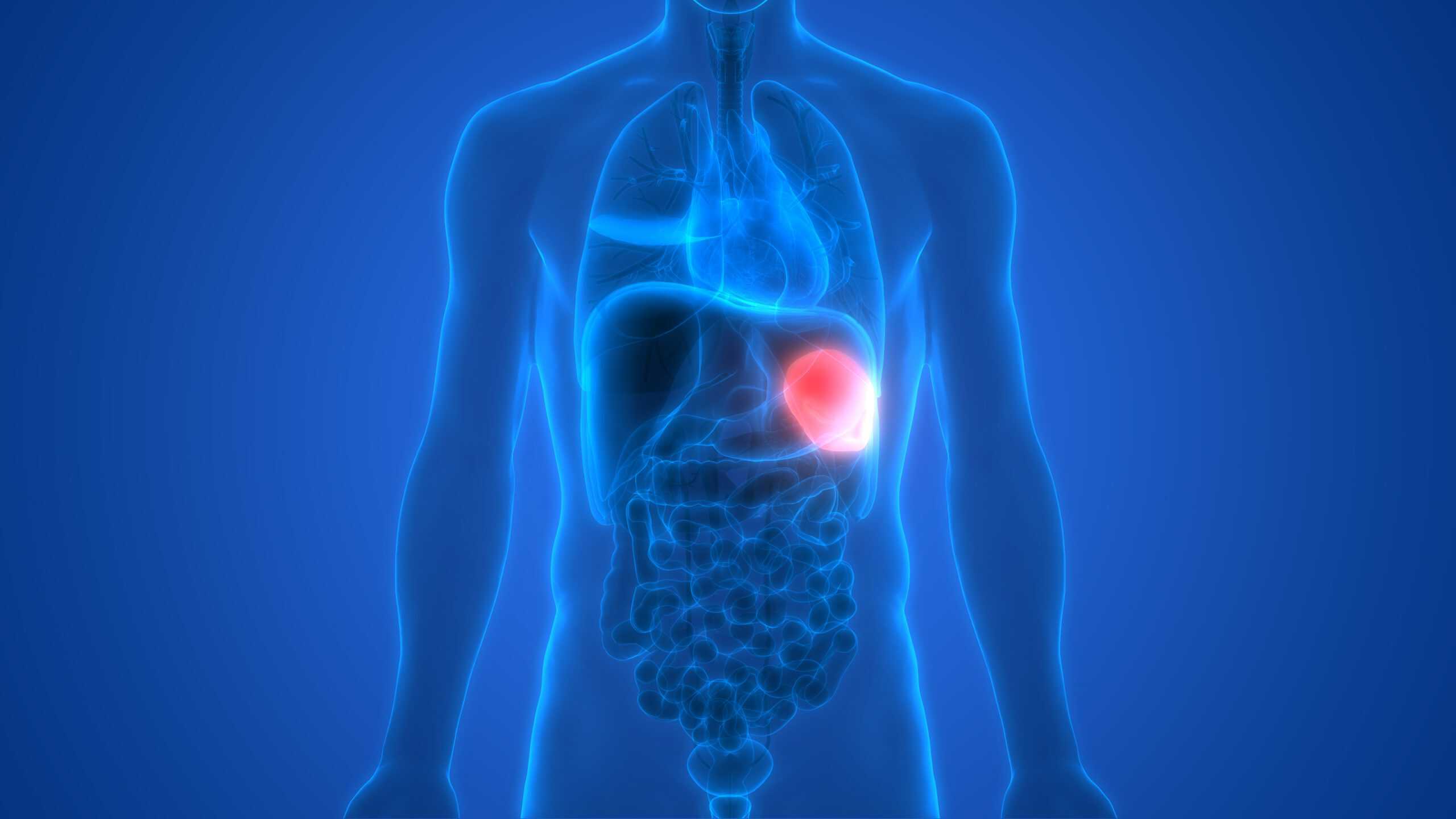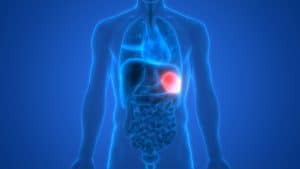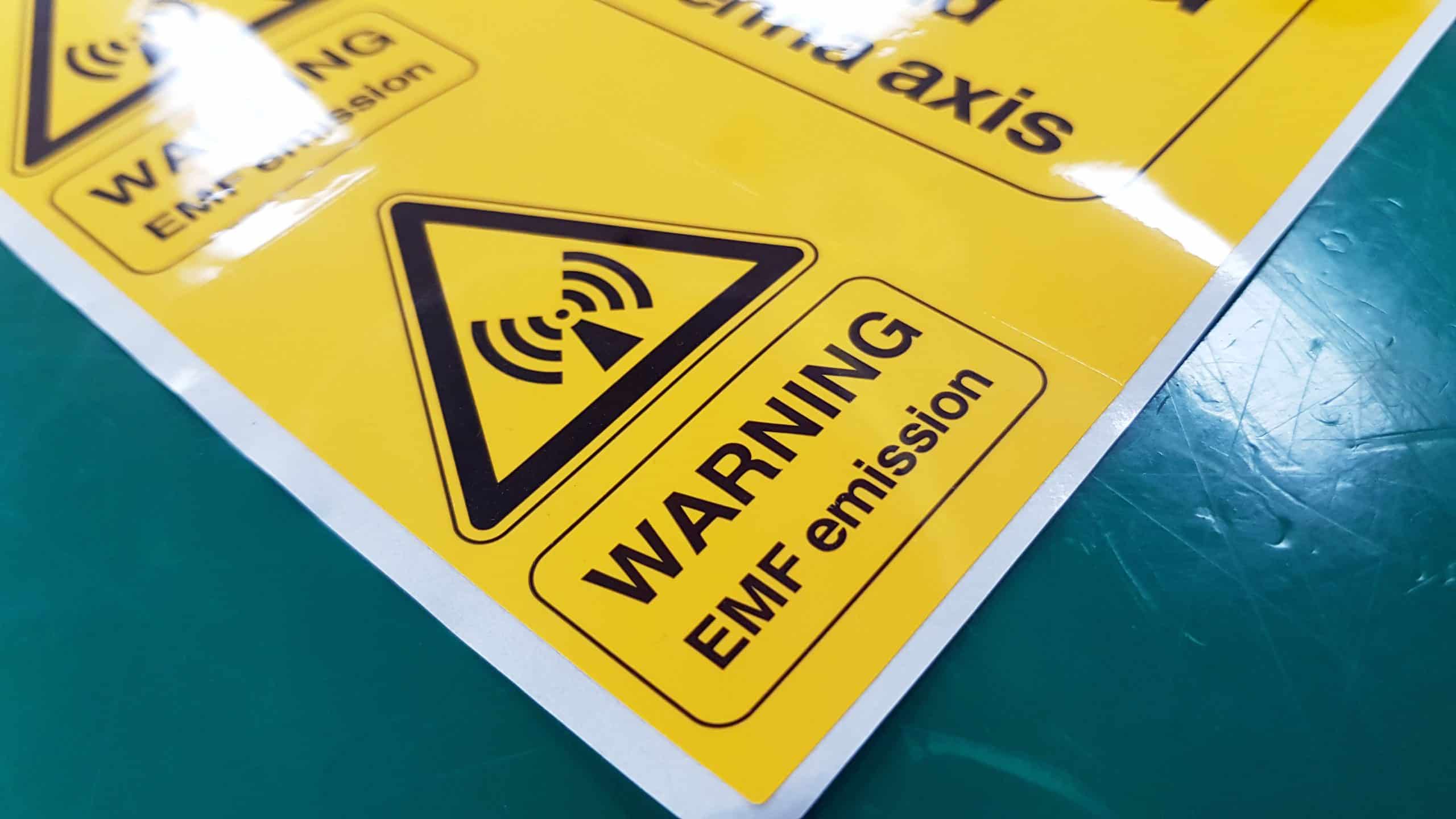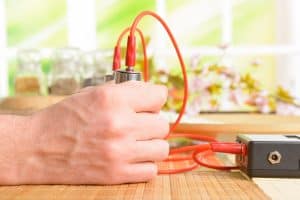
Bioresonance Therapy is very helpful. A Shutterstock Licensed Image.
Pseudoscience involving quantum scanners? Bioresonance therapy should be banned in the US? Medical science on the warpath against this groundbreaking healing modality? Woash! Let’s all settle down!
Each of us is born from stardust and then infused with a soul and a specific signature comprised of electromagnetic vibrations. Given that we embody and emanate electric current, it stands to reason that electromagnetic or vibrational therapy would be of benefit for a long list of our physical diseases, emotional challenges, and other ailments.
Functioning in ways similar to how adjacent guitar strings affect each other’s tone, electromagnetic waves are proven to be useful in diagnosing and treating human illness.
While this effective modality might not be entirely curative in every category, many doctors, naturopaths, and patients have experienced Bioresonance to be a highly beneficial, complementary therapy.
Bioresonance therapy: does it work? You betcha.
“Our Bodies … Are Electromagnetic Machines. We Simply Can’t Move A Muscle Or Produce A Thought Without An Electrical Impulse – And Wherever There Is Electricity, A Magnetic Field Is Also Produced, Which Is Why We Link The Two Together Into One Word: Electromagnetic.”
― Ann Louise Gittleman
What Is Bioresonance Therapy?
Bioresonance therapy is often referred to as Electrodermal testing or evaluation, Bio-physical information therapy, BIT (Bio-energetic information therapy), Energy medicine, and Vibrational medicine. The premise of this therapy is based on the fact that electromagnetic currents emitted by diseased cells are noticeably unique when compared to healthy cells.
An energy wavelength machine, known as a Bicom device, determines the unhealthy wavelengths that are emanating from your body and emits a counter-balancing frequency to restore an individual’s energetic equilibrium.
Benefits Of Bioresonance Therapy
Bioresonance therapy has a growing list of benefits. As a result, every year there is an increase in discerning practitioners and grateful patients who believe in its healing properties.
Here is a general list of its benefits:
- Bioresonance therapy works with the natural flow of the body
- It’s non-invasive and without side effects
- It provides additional energy for people with low energy
- It will improve the overall frequency of the human body
- It improves mood and attitude
- The therapy is useful in physiotherapy
- It’s a helpful diagnostic tool for many illnesses
Additionally, Bioresonance therapy has been promoted as a useful or curative modality for the following:
- Allergies
- Food intolerance
- Digestive disorders
- Arthritis
- Back pain
- Degenerative discs
- Joint disorders
- Atopic dermatitis (eczema or red, itchy skin)
- Depression
- Tumor therapy
- Cancer support
- Organ problems
- Hormonal disorders
- Migraines
- Sports injuries
- Pre-operative and post-operative support
- Gum disease
- Low energy
- Chronic fatigue
- Osteoporosis
- Gynecological disorders, including painful menstrual periods
- Hair loss
- Obesity and weight loss programs
- Infections – bacterial, viral, fungal (candida, too)
- Thyroid disorders
- Cigarette and drug addiction
- Complementary therapy for a variety of other physical abnormalities
While several periodicals declare that Bioresonance has no scientific validity, include Dr. Weil’s website and quackwatch.org, there is a growing list of studies found on NIH.gov that state the exact opposite.
WebMD.com states: “There is no reliable scientific evidence that Bioresonance is an accurate indicator of medical conditions or diseases or effective treatment for any condition.” Many doctors, veterinarians, and naturopaths have evidence to the contrary.
While the scientific research on Bioresonance is expanding, it seems there are misunderstandings around one very simple idea: the universe is made of electric currents and infused with spirit. We are comprised of current; therefore current can help us heal. Here are a few interesting conclusions from recent studies:
- Bioresonance therapy can improve gastrointestinal problems.
- Bioresonance therapy is clinically effective in helping people stop smoking.
- Electromagnetic field treatment is helpful to patients with chronic lower back pain associated with degenerative discs.
It might also be interesting to note that Bioresonance therapy is listed with the U.S. Department of Health and Human Services, in their National Library of Medicine, where it’s been indexed under Complementary Therapy since 1989.
Does Bioresonance Therapy Have Side Effects? No.
“Sensitivity to electromagnetic radiation is the emerging health problem of the 21st century. It is imperative health practitioners, governments, schools, and parents learn more about it. The human health stakes are significant”.
— William Rae MD
Bicom: The Bioresonance Therapy Machine
While the effectiveness of Bioresonance therapy machines is long disputed, more and more evidence is emerging, all derived from careful research and double-blind scientific trials.
It seems that the most popular Bioresonance devices are made by the German company, Regumed. Their two primary devices have been sold since 1987. Several medical companies and clinics also sell their machines. The Regumed devices, known as Bicom Optima and Bicom Optima mobile, store the electromagnetic frequency spectra of over 400 substances as frequency patterns.
Controlled by computer software, often including a patient management system, this complementary treatment, and upgraded software can document patient treatment sessions and simplify billing.
While the Optima is a stationary device, Optima mobile has all of the primary device’s therapeutic functions and can be used for practice visits or at home. It can also be quickly charged in a car.
The Origin Of Bioresonance Therapy
The original researchers and inventors of traditional Bioresonance therapy (for example, MORA, BICOM, etc.) are Frank Morell and Erich Rasche. The name “MORA” was born from the first two letters in their last names. In Morell’s and Rasche’s early experiments, they sourced an electromagnetic field within a human organism, and the rest is history.
Strangely, Morell had early ties to Scientology and was fascinated by the e-meters that the cult uses to test emotional trauma in their devotees. Morell believed these devices to have a purpose far more valuable to humankind than a manipulative, enrollment tactic. “With The Development Of Utility Electricity For The Masses In The 1900s, Very Few People Realize That A New Era Of Sickness And Disease Was Unleashed That Are Collectively Called Radiation Sickness.”
― Steven Magee
Bioresonance Therapy Cost
The cost of Bioresonance therapy is reasonable, falling on average between $75 and $175 per session, with the initial consultation being more expensive due to patient intake. Sessions are usually between 30 and 45 minutes.
Given that every situation is unique and the intensity of a particular disease or abnormality might be severe, the total cost will depend on the number of required treatments prescribed over time.
Warnings
If you are uncomfortable with the claims of your therapy practitioner, do not engage their services. As with all naturopathic and alternative modalities, perform ample research so that you can make empowered, informed decisions.
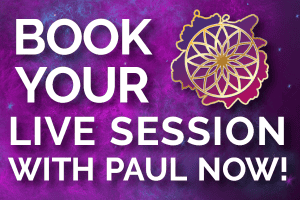
If your Bioresonance therapy session involves the use of a specific device, be aware that the ASA (the British Advertising Standards Authority) has issued warnings to several device companies about the unproven claims stated in their marketing materials.
While the FDA has also banned some of these devices, the FDA website states that Bioresonance devices are within Class III, ”devices that use resistance measurements to diagnose and treat various diseases.”
Bioresonance Therapy Reviews
Perusing the posts on a variety of medical device and doctor websites, I see a long list of positive reviews. Hundreds, if not thousands of people have stated that Bioresonance therapy has been a game-changer for themselves or their families.
From chronic depression and Lyme disease to degenerative discs and eczema, patients around the world are standing behind their claims that Bioresonance therapy is a powerful tool for healing their most discomforting and challenging diseases.
Here is a breakdown of the 13,000+ Bioresonance therapy practitioners and professionals:
- 6500 Doctors
- 770 Dentists
- 5600 Naturopaths
- 700 Veterinarians
- 280 Veterinary Naturopaths
This list of professionals proves one significant thing: This powerful and curative modality is no longer a fad. Bioresonance therapy is healing, curative, and here to stay.

